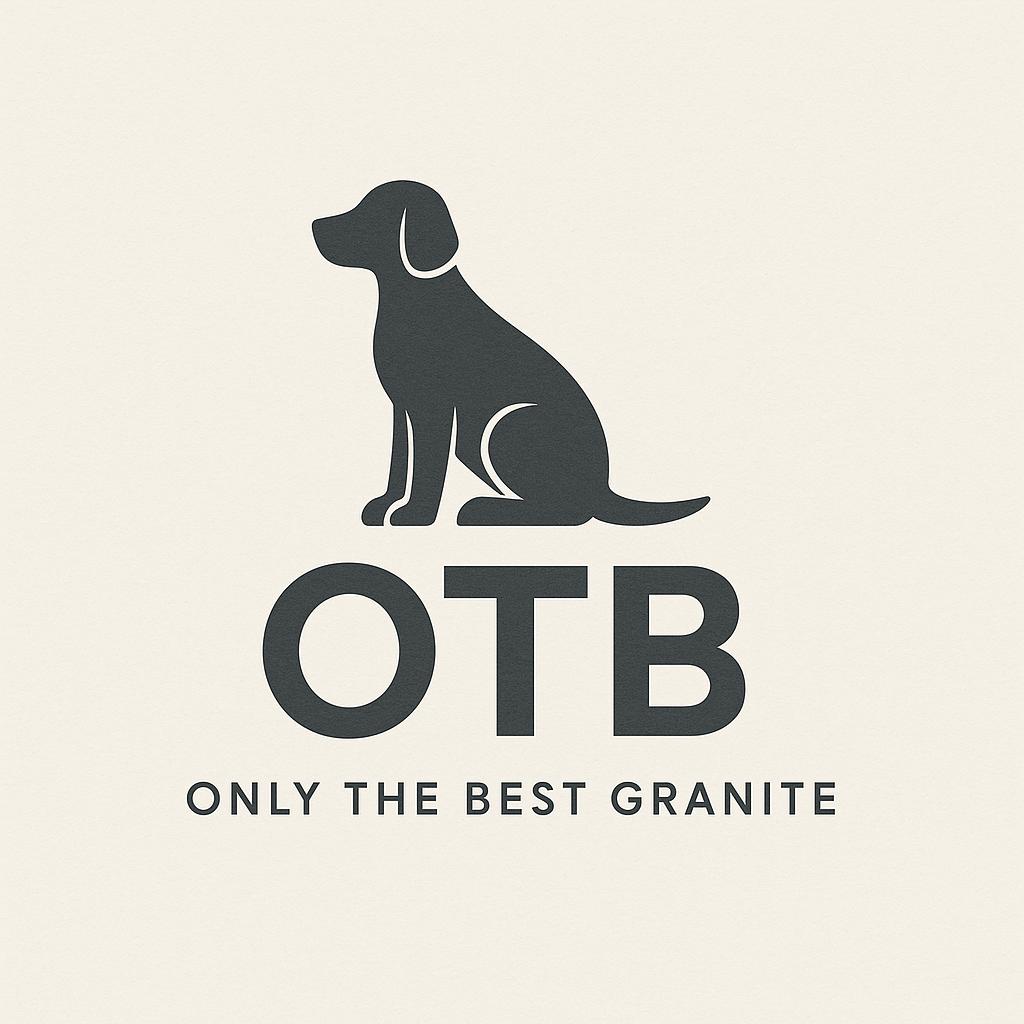Bacteria In Bowls
Your dog’s bowls might look clean, but looks can be deceiving. Food residue, saliva, and even tiny scratches in the bowl’s surface can create a perfect breeding ground for bacteria—and that can lead to health issues over time.
In this quick guide, we’ll break down how often you should clean your dog’s bowls, why it matters, and how switching to a granite dog bowl can make this daily task a lot easier (and more effective).
Why Clean Bowls Matter
Dogs eat and drink from their bowls multiple times a day. Without regular cleaning, bowls can accumulate:
- Biofilm (a slimy layer of bacteria)
- Mold and mildew
- Leftover food particles
- Harmful germs like Salmonella or E. coli
Even if your dog seems healthy, these microbes can cause upset stomachs, diarrhea, or skin irritation—especially in puppies or senior dogs.
Materials Matter: Not All Bowls Are Equal
Plastic Bowls
- Scratch easily, trapping bacteria
- Can leach chemicals over time
- Often develop a greasy film that’s hard to remove
Ceramic Bowls
- Can chip or crack—especially in the glaze
- Cracks = hidden germs
Stainless Steel Bowls
- Easier to clean than plastic, but can dent
- Often require a rubber base to stay in place
Granite Bowls (Best Choice)
Doesn’t absorb smells or food residue
Non-porous surface resists bacterial growth
Naturally heavy—won’t slide or spill
Easy to wipe clean or scrub without damage

